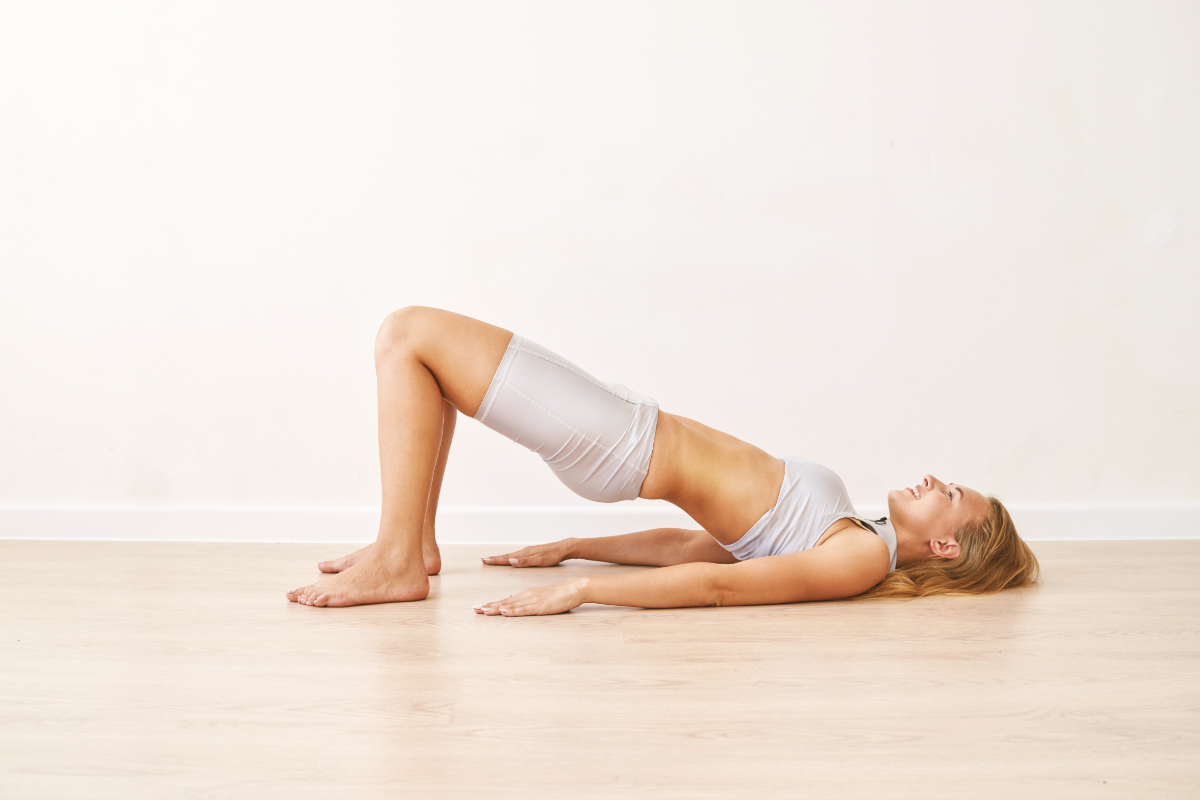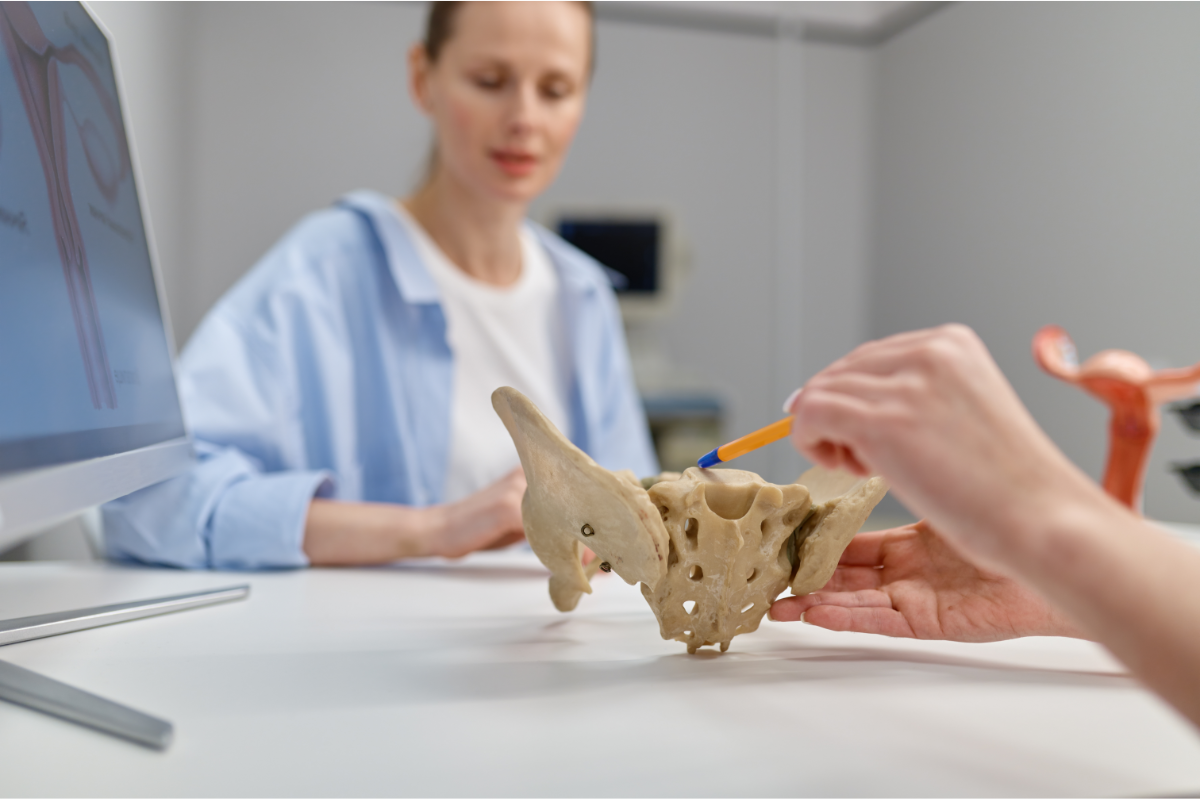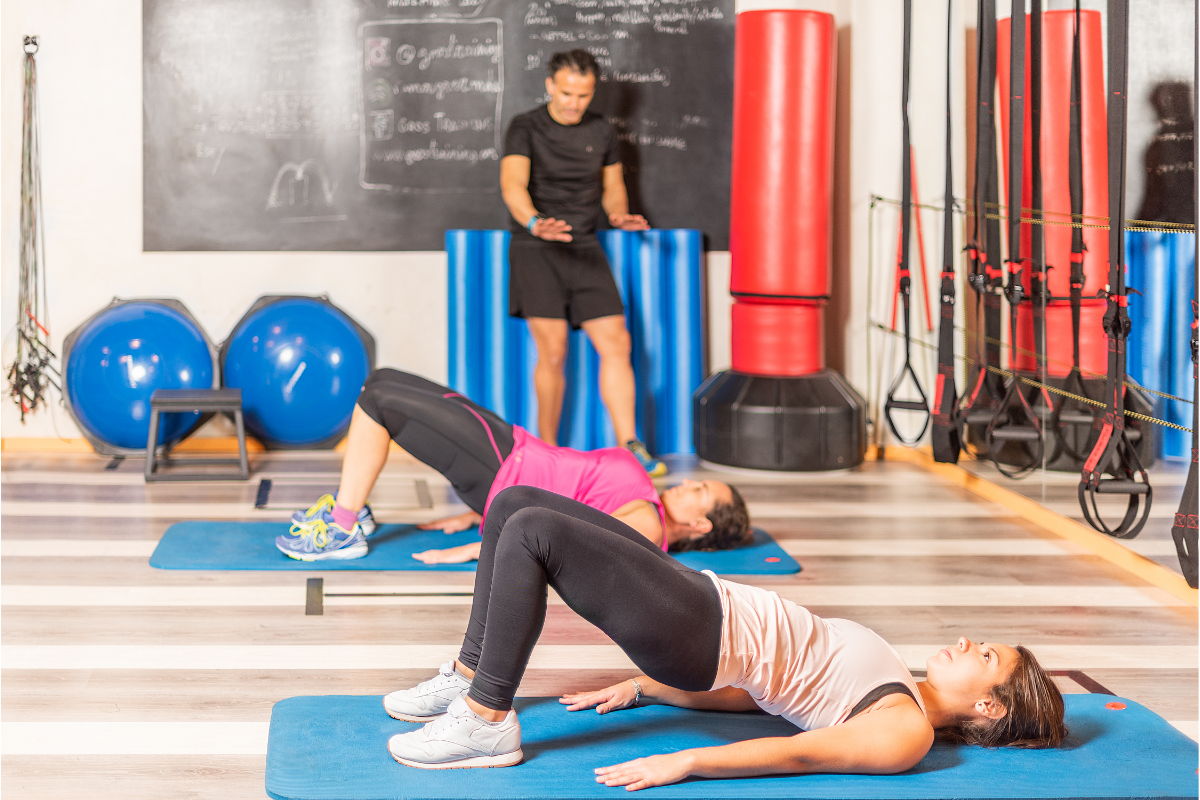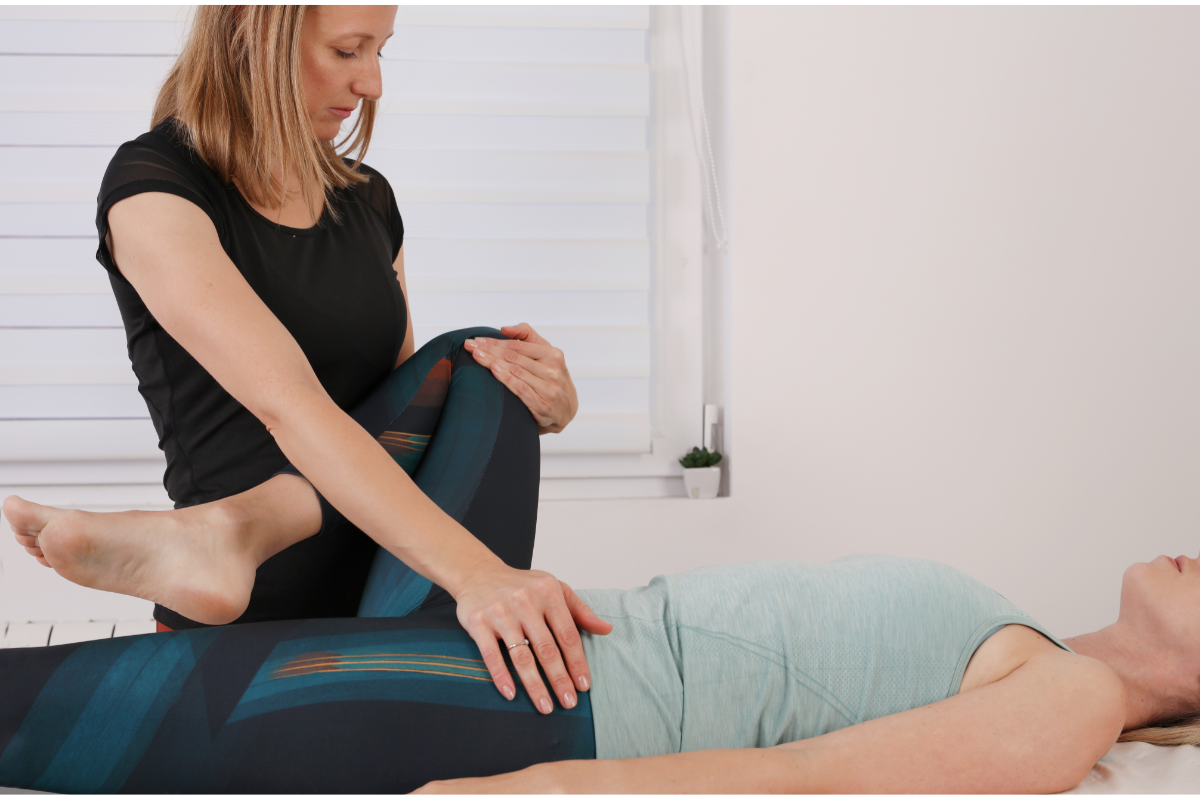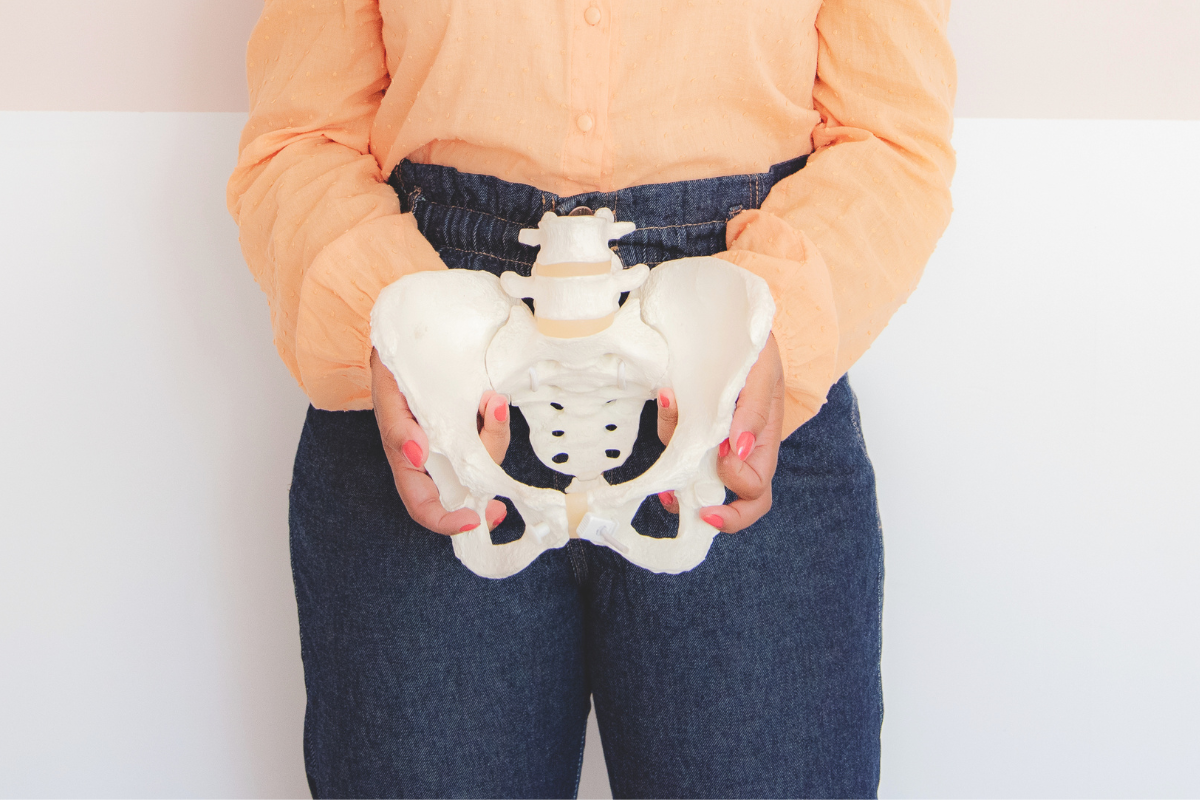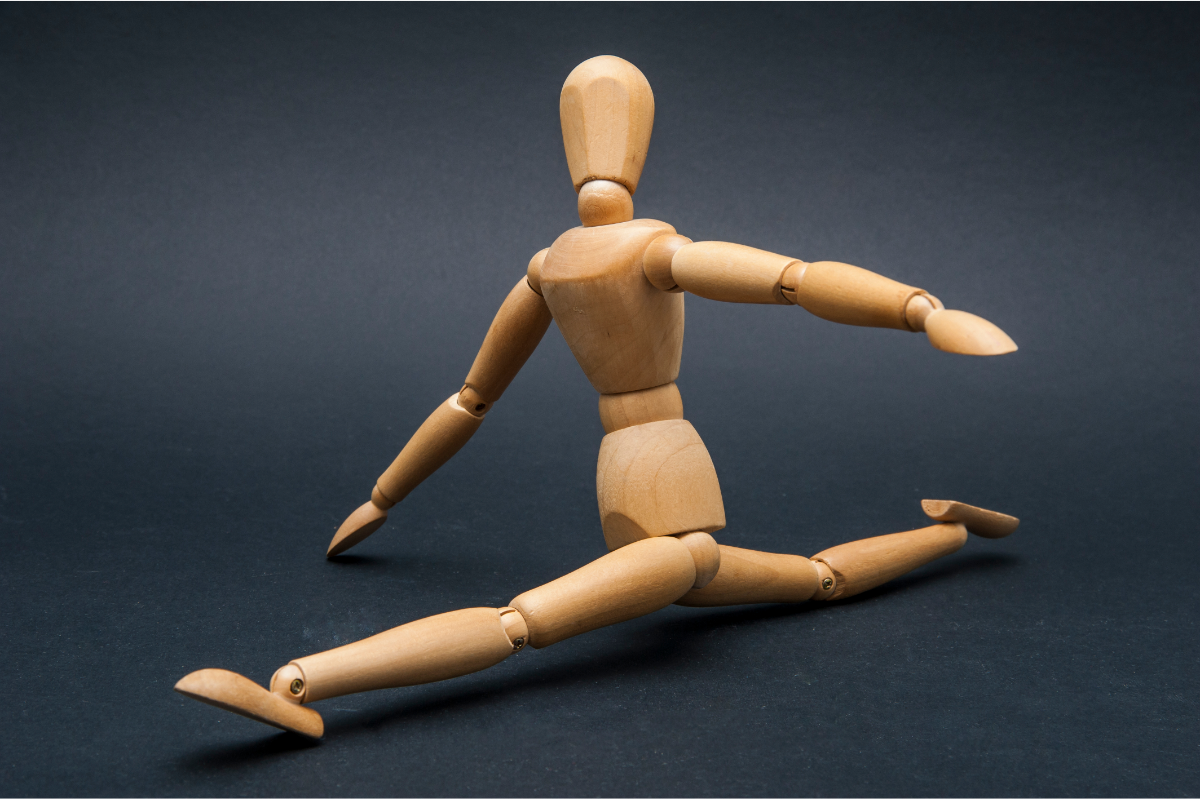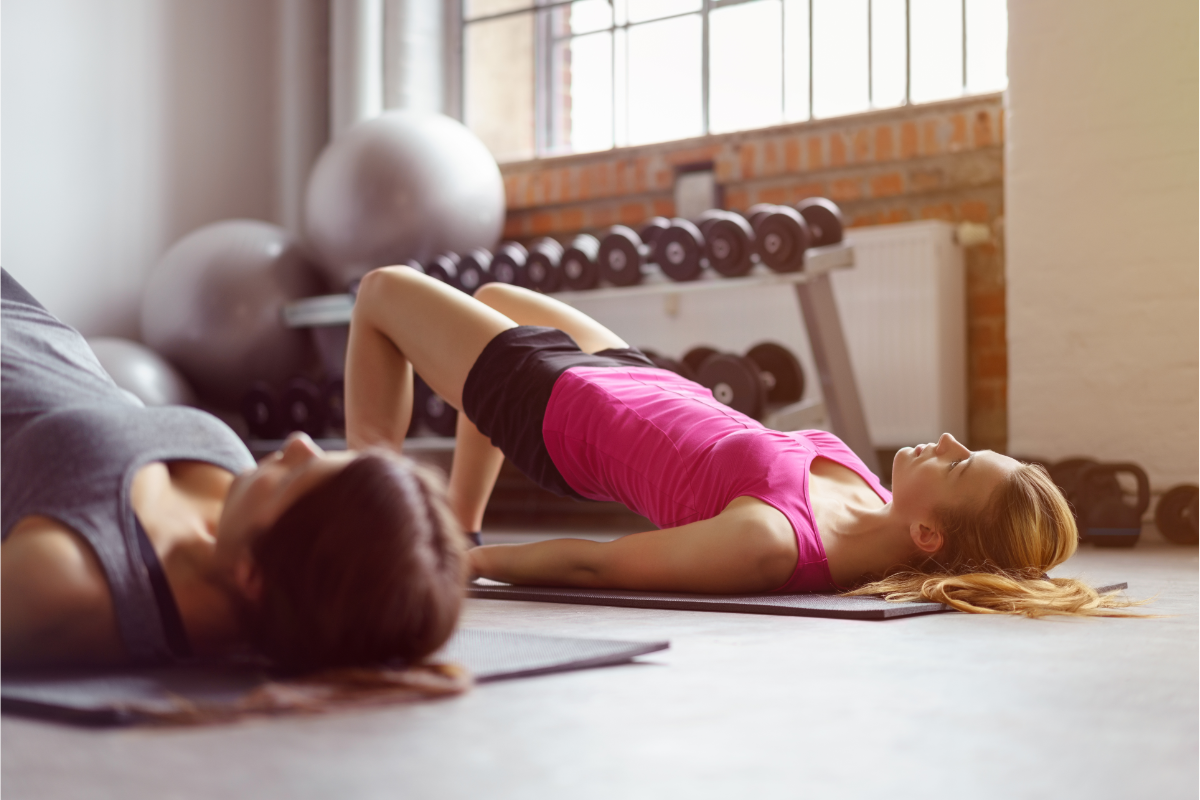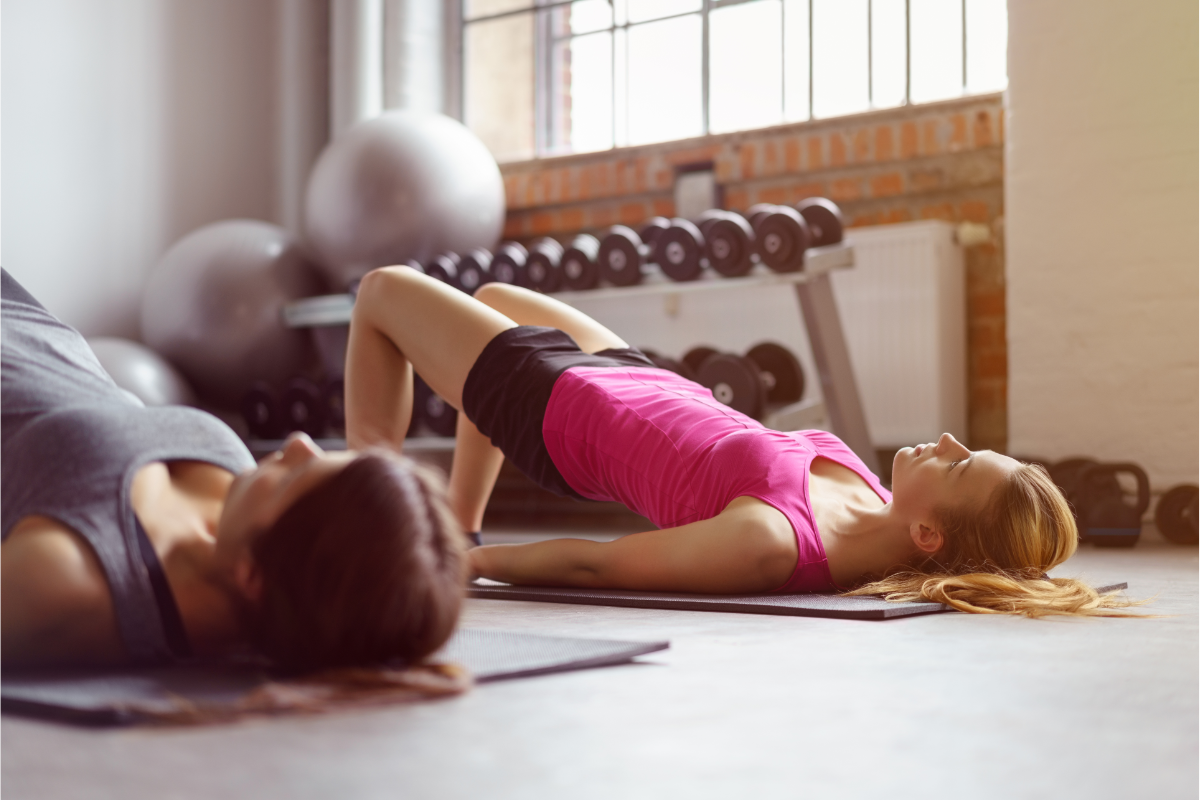Top 5 Pelvic Floor Exercises to Strengthen Your Muscles
Pelvic floor health is often overlooked, but it plays a crucial role in our daily lives, from maintaining bladder control to supporting sexual function. Whether you’re recovering from childbirth or just looking to improve your core stability, pelvic floor exercises are essential for everyone. But what exactly are pelvic floor exercises, and how can they benefit you? Let’s dive into the top 5 pelvic floor exercises that will help you strengthen these important muscles.
Understanding the Pelvic Floor
What Is the Pelvic Floor?
The pelvic floor is a group of muscles and tissues that form a sling at the bottom of your pelvis, supporting your bladder, bowel, and, in women, the uterus. These muscles play a critical role in controlling your bladder and bowel movements, as well as sexual function.
Why Strengthening the Pelvic Floor Matters
A strong pelvic floor can help you avoid embarrassing leaks, improve your posture, and even enhance your sexual health. On the other hand, weak pelvic floor muscles can lead to problems like urinary incontinence, pelvic organ prolapse, and back pain. So, let’s explore how to strengthen them with the following exercises.
Top 5 Pelvic Floor Exercises
1. Kegel Exercises
Kegels are the most well-known pelvic floor exercise, and for good reason. They directly target the pelvic floor muscles, making them stronger and more functional.
How to perform Kegels correctly:
First, locate your pelvic floor muscles by trying to stop the flow of urine midstream. Once you’ve found them, contract these muscles for 5-10 seconds, then release. Repeat this for 10-15 reps, making sure to breathe naturally throughout.
When to practice Kegels for best results:
You can do Kegels anywhere—while sitting, standing, or even lying down. Try incorporating them into your daily routine, aiming for 2-3 sets a day.
2. Bridge Pose (Glute Bridge)
This classic exercise works not only your glutes but also engages the pelvic floor.
Step-by-step guide to Bridge Pose:
Lie on your back with your knees bent and feet flat on the floor. As you lift your hips towards the ceiling, squeeze your glutes and engage your pelvic floor muscles. Hold the position for a few seconds before lowering your hips back down. Aim for 10-12 reps.
Benefits for the pelvic floor and lower body:
In addition to strengthening your pelvic floor, Bridge Pose also tones your glutes and hamstrings, giving you a more balanced lower body workout.
3. Squats
Squats are a great compound exercise that targets multiple muscle groups, including the pelvic floor.
Proper squat form for pelvic floor engagement:
Stand with your feet shoulder-width apart, and as you lower your body into a squat, engage your core and pelvic floor. Keep your back straight and knees aligned with your toes. Return to standing and repeat.
Squat variations to enhance muscle activation:
Try adding pulses at the bottom of your squat or holding a weight for added resistance. These variations will make your pelvic floor work even harder.
4. Bird Dog Exercise
The Bird Dog is a fantastic exercise for improving balance, core strength, and pelvic floor function.
How to do the Bird Dog exercise:
Start on all fours, then extend one arm forward while simultaneously extending the opposite leg behind you. Engage your pelvic floor and core to maintain balance. Hold for a few seconds, then switch sides. Aim for 8-10 reps per side.
Strengthening the core and pelvic muscles:
This move not only stabilizes your core but also works the deep pelvic muscles, improving overall stability.
5. Heel Slides
Heel slides are a subtle yet effective exercise for engaging your pelvic floor.
Instructions for performing Heel Slides:
Lie on your back with your knees bent. Slowly slide one heel away from your body while maintaining pelvic floor engagement, then slide it back. Focus on keeping your pelvis stable. Repeat for 10-12 reps on each leg.
How it targets pelvic floor muscles:
Heel slides help you build control and strength in your pelvic muscles, especially if you’re new to pelvic floor exercises.
Tips for Pelvic Floor Training
Frequency and Duration
Pelvic floor exercises don’t need to take up much time. Aim for 5-10 minutes a day, and be consistent to see results. Gradually increase the intensity as your muscles get stronger.
Breathing Techniques
Proper breathing is essential for effective pelvic floor training. As you engage your pelvic muscles, remember to breathe in through your nose and out through your mouth, syncing your breath with the movement.
Signs Your Pelvic Floor Is Getting Stronger
Improved Bladder Control
One of the first signs of progress is better bladder control. If you notice fewer leaks or less urgency, your pelvic muscles are getting stronger.
Enhanced Core Stability
A stronger pelvic floor often leads to better core strength, which means improved posture and reduced lower back pain.
Common Mistakes to Avoid
Holding Your Breath
It’s easy to hold your breath while focusing on engaging the pelvic floor, but this reduces oxygen flow to your muscles. Keep breathing naturally to get the best results.
Overworking the Pelvic Floor
Overtraining can lead to muscle fatigue and even make pelvic issues worse. Listen to your body and give your muscles time to recover between sessions.
When to Seek Professional Help
Consulting a Pelvic Floor Specialist
If you’re not seeing results or have specific concerns, it might be time to consult a pelvic floor specialist. They can create a personalized plan to address your needs.
Physical Therapy for Pelvic Floor Issues
For more severe pelvic floor issues, physical therapy can help. A physical therapist can guide you through specialized exercises and treatments.
Strengthening your pelvic floor muscles can have a profound impact on your overall health, from improving bladder control to supporting your core. By incorporating these five exercises into your routine, you’ll be on your way to a healthier, stronger pelvic floor. So why not start today? Your body will thank you!

I’m Hillary Swan, a certified fitness trainer specializing in women’s health and pelvic floor strength. I’m passionate about empowering others to improve their core wellness through targeted exercises. Let’s strengthen our bodies together for a healthier, more confident life.

